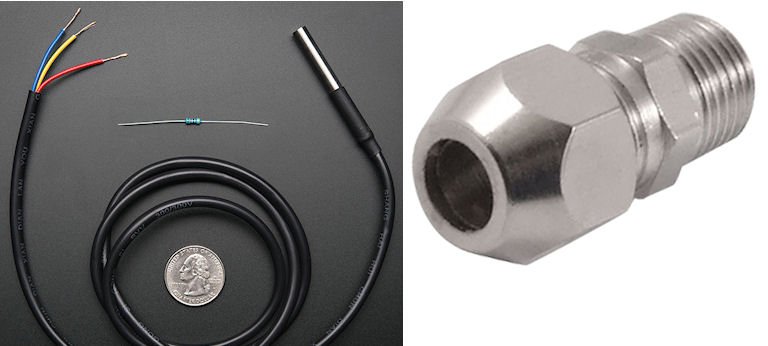I've been looking at the low cost TFT displays, but I think with all the iPads out there it seems redundant. The tach on my boat runs off the alternator and it's totally inaccurate, which is why I've added the hall sensor. I think I've seen some amperage sensors that clamp around a wire to sense current. If so, this could be easily added to both the alternator and the main battery bank. It could show the output of the alternator and whether the bank is net drawing or charging.
I am not so much interested whether there is a current or not, there are other systems to check that.. I want to know if the V-belt is still intact, this belt often drives the auxiliary water pump in charge for the cooling system. A cheap but vital part which, broken, can generate a high repair bill.
BTW #1. I paid US$ 13 on ebay for the TFT ILI9341 display.
BTW #2. the -W- from an alternator can give a total sound RPM signal. if the pulse is treated right and the divider is right this pulse is an absolute representation of the RPM. It can also detects V-belt slip when compared with the crankshaft RPM.
My 10 centavos

